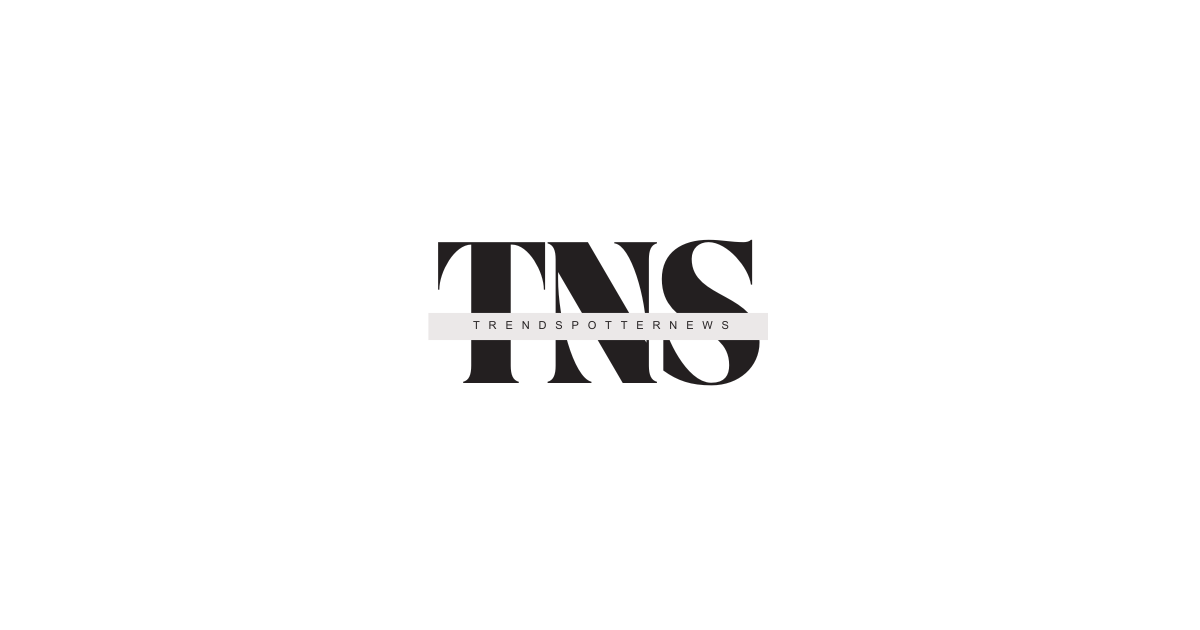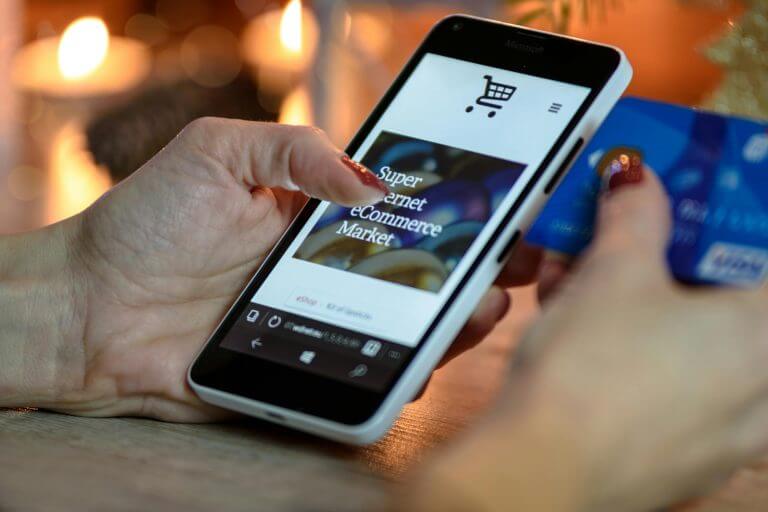DropShipping in 2025: Is It Still Worth It? What You Need to Know Before You Start

Intro
Dropshipping used to be the go-to online business for anyone dreaming of quitting their job and making money from a laptop. And honestly, it worked — at least for a while. But now it’s 2025, and the game has changed.
With rising ad costs, smarter consumers, and tougher competition, many people are asking:
“Is dropshipping dead?”
The short answer? No — but it’s different.
Dropshipping is still a powerful business model — but only for those who understand how it’s evolving and are willing to adapt.
If you’re diving into e-commerce, don’t miss our guide on How AI Is Shaping E-Commerce in 2025 — it reveals the tech that’s changing everything behind the scenes.
In this post, we’ll break down, what’s changed in 2025, and whether it’s still worth starting now.and whether it’s still worth starting now.
1. How DropShipping Works
Dropshipping is a business model where you sell products without keeping inventory or shipping items yourself. Instead, you partner with a third-party supplier who fulfills the order on your behalf.
Here’s the basic flow:
- You set up an online store on a platform like Shopify, WooCommerce, or BigCommerce.
- You list products from suppliers using apps like DSers, Spocket, or CJ Dropshipping. You set your own retail prices.
- When a customer places an order, you buy the product from the supplier at a lower price.
- The supplier then packages and ships the product directly to the customer, with your store’s branding (if supported).
- You keep the profit — the difference between the selling price and the supplier cost.
This model allows you to test product ideas without risk, run a store from anywhere, and scale quickly without managing stock.
It’s ideal for:
- Beginners with low startup budgets
- Digital nomads and solopreneurs
- Anyone wanting to build an e-commerce brand with low overhead
📖 For a visual breakdown and real examples, check out this detailed Shopify dropshipping guide.
However, dropshipping isn’t completely passive. You’ll still need to:
- Manage customer service
- Monitor supplier quality
- Handle returns and refunds when needed
2. What’s Changed in 2025
While the core of dropshipping is still the same, 2025 brought major shifts that changed how it works — and who actually profits from it.
1. Ad Costs Are Higher
Facebook and Instagram ads are more expensive than ever. Beginners who rely only on paid traffic often struggle to stay profitable unless they:
- Use TikTok organic reach
- Run UGC-style videos
- Focus on low-cost, high-impulse products
2. AI Tools Have Changed the Game
In 2025, successful drop shippers are using AI for everything:
- Product descriptions (ChatGPT, Copy.ai)
- Automated customer support
- Competitor research
- Trend prediction
AI doesn’t replace your hustle — it multiplies your speed.
3. Faster Shipping Options
Suppliers from China now offer faster shipping through services like:
- CJ Dropshipping (4–7 days to the U.S.)
- Zendrop
- U.S.-based warehouses
Buyers expect Amazon-level speed — if your store takes 30 days to deliver, expect refunds.
4. Customers Are Smarter
Buyers now Google everything before they buy. Generic, low-quality stores get ignored — and trust has become the new currency.
Winning stores use:
- Branded product pages
- Real product photos
- Clear return policies
5. Content is the New Ads
In 2025, the most profitable stores are winning with:
- TikTok organic videos
- Influencer partnerships
- SEO blog traffic (like yours 😉)
If you can’t out-spend the competition, you have to out-content them.
3. Pros & Cons of DropShipping in 2025

In 2025, dropshipping is still a viable business model — but only if you understand the landscape. Here’s a breakdown of what still makes it attractive, and what might hold you back if you’re not prepared.
✅ Pros
1. Low Startup Cost
You don’t need to invest thousands into stock, storage, or warehousing.
All you need is:
- A domain name and basic store setup (Shopify or WooCommerce)
- A supplier (AliExpress, CJ Dropshipping, Spocket)
- Some basic product research
With platforms like Shopify offering free trials and suppliers offering product syncing tools for free, many people start with less than $100.
2. Easy to Test Products
One of the biggest benefits of dropshipping is flexibility.
You can:
- Add a product to your store in minutes
- Launch ads or social videos to test interest
- Remove underperforming products without any loss
Tools like Ecomhunt, Pexda, and Dropispy help spot viral or trending products before the competition. This is especially helpful for niche markets.
3. Work From Anywhere
Dropshipping is fully remote.
You don’t need:
- An office
- A physical store
- A shipping center
As long as you have a laptop and Wi-Fi, you can:
- Manage orders
- Talk to customers
- Monitor ad performance
- Communicate with suppliers
It’s a popular business model for digital nomads and location-independent entrepreneurs.
4. Scalable
When you find a winning product and good supplier, scaling is instant.
You can:
- Increase ad spend
- Collaborate with influencers
- Expand into international markets
Because you don’t handle the packaging or shipping, you can grow your store to thousands of orders per month without hiring a full team.
❌ Cons
1. Low Profit Margins
Profit per sale is often small.
Here’s why:
- You pay retail price + shipping + platform fees
- Then subtract ad spend and payment processor fees
In the end, you might profit $5–$15 on a $40 sale. To make real income, you’ll need volume or smart upsells (bundles, related items, subscriptions).
2. Customer Service Is Your Responsibility
Even if your supplier is at fault, your customer will blame you.
This means:
- You must answer emails, complaints, and refund requests
- You’ll deal with frustrated buyers if shipping is slow or products are damaged
It’s important to work with reliable suppliers and use apps that track shipping accurately (like Track123 or AfterShip).
3. Shipping Can Still Be Slow
While some suppliers now offer 5–9 day delivery, many still rely on ePacket or untracked mail from China, which can take 15–30 days.
Slow shipping leads to:
- Refunds
- Bad reviews
- Lost trust
To fix this, use services like CJ Dropshipping’s US warehouses, or work with agents that ship from local hubs.
4. It’s Getting Crowded
More people are trying dropshipping in 2025, which means:
- More generic stores selling the same products
- Ad fatigue from overused creatives
- Customers becoming skeptical of “too good to be true” offers
To win, you need:
- Strong branding
- High-quality product photos/videos
- Clear policies and trust signals
Those who treat it like a real brand — not just a quick hustle — are the ones succeeding now.
4. How to Start DropShipping the Smart Way in 2025 (Beginner-Friendly Guide)

Starting a dropshipping business in 2025 might feel overwhelming, but it doesn’t have to be. The key is to take smart steps, focus on building trust, and use the right tools from day one.
Here’s your step-by-step beginner roadmap to launch a real dropshipping business the right way — even with a small budget.
1. Pick a Specific Niche (Don’t Sell Everything)
Instead of making a store that sells random products like sunglasses, baby clothes, phone cases, and mugs… focus on ONE type of customer.
Example Niches:
- Cat lovers who want cute cat gear
- Remote workers who need comfy home office tools
- Parents looking for toddler learning toys
- Travelers who want space-saving gear
Why this works:
- Easier to market
- Attracts loyal buyers
- Helps your store feel like a real brand
🛠 Free tools to help choose a niche:
- Google Trends – see what people are searching for
- TikTok Creative Center – find viral products
- Exploding Topics – discover rising trends before they blow up
2. Set Up Your Store Using Shopify or WooCommerce
These platforms let you create a professional online store without needing to code.
Recommended for Beginners:
- Shopify – Easiest setup, $1 trial available
- WooCommerce – Works with WordPress, more customizable
Key Things to Include on Your Site:
- Product photos
- Price & description
- Shipping info
- “About Us” page
- Return policy
- Contact form or email
Your store should look clean and simple — no clutter, no distractions.
3. Use Dropshipping Apps to Find Products
You don’t need to find products manually. These apps connect you directly to suppliers and let you import products to your store in one click.
Best Apps:
- DSers (AliExpress) – Big variety, lowest prices
- CJ Dropshipping – Offers faster shipping and U.S. warehouses
- Zendrop – Beginner-friendly, great support
- Spocket – U.S./EU products for faster delivery
You just choose the product, set your price, and the app does the rest when someone orders.
4. Use AI to Save Time
AI tools can help you with:
- Product Descriptions – Just copy the product info and ask ChatGPT:
“Write a fun, short description for this product for my online store.” - Social Media Posts – Ask for 5 caption ideas, hashtags, or image ideas
- Blog Posts / FAQs – Boost your SEO with AI-written helpful content
🎨 Use Canva to create your logo, banners, and product graphics.
5. Promote Your Products with TikTok or Instagram Reels
Paid ads are expensive when starting out. Instead, use free short videos to drive traffic.
Here’s how:
- Use your phone or Canva to make 10–30 sec videos
- Show the product in action (even if it’s just a mockup or unboxing demo)
- Add captions like:
“This product actually solved my problem in 2 days…”
or
“Things TikTok made me buy — worth it?”
These short videos can go viral even without followers.
6. Follow Up with Customers After the Sale
Most beginners forget this part — but it’s key to long-term success.
Set up:
- Order confirmation email (Shopify does this automatically)
- Shipping update (use apps like Track123 or AfterShip)
- Follow-up emails after delivery: “How do you like it?” or “Here’s 10% off your next order”
Also, use upsell apps like ReConvert or Honeycomb to offer discounts on the checkout page — this increases your profit without extra work.
| Step | What to Do |
|---|---|
| 1. Niche | Pick ONE audience to sell to (don’t go general) |
| 2. Store | Use Shopify or WooCommerce — simple and clean |
| 3. Products | Add 5–10 items using CJ Dropshipping, DSers, etc. |
| 4. AI | Use ChatGPT and Canva to write and design faster |
| 5. Traffic | Make Reels/TikToks for free traffic |
| 6. Follow-Up | Keep in touch after the sale for repeat buyers |
Section 5: Final Thoughts — Is DropShipping Still Worth It in 2025?
Yes, dropshipping is still worth it in 2025 — but only if you approach it with the right mindset.
Gone are the days of launching a store overnight and making thousands with generic products. Today, the people who win in dropshipping are the ones who:
✅ Treat it like a real business
✅ Focus on a clear niche and build trust
✅ Use content, not just ads
✅ Deliver a better experience than the competition
If you’re just looking for “easy money,” dropshipping will disappoint you. But if you’re ready to learn, test, and improve, this business model still has huge potential — and the tools to make it happen are more powerful than ever.
Even one winning product with a solid setup can generate consistent monthly income — and give you the freedom to work from anywhere.
BONUS: Free Tools to Start DropShipping in 2025
Here’s a list of free (or freemium) tools to help you build smarter, faster:
| Tool | Purpose |
|---|---|
| Shopify (free trial) | Create your store fast with templates |
| Canva | Design product images, ads, and logos |
| ChatGPT | Write product descriptions, social captions, blogs |
| DSers | Add AliExpress products to your store (auto-fulfill) |
| CJ Dropshipping | Faster shipping, branding options |
| Track123 | Let customers track their orders |
| TikTok Creative Center | Find viral product ideas |
| AnswerThePublic | Discover what people are searching for |
| Google Trends | Spot rising niches and seasonal demand |
| Mailchimp / Brevo / MailerLite | Start building your email list for free |
m) tools to help you build smarter, faster:




